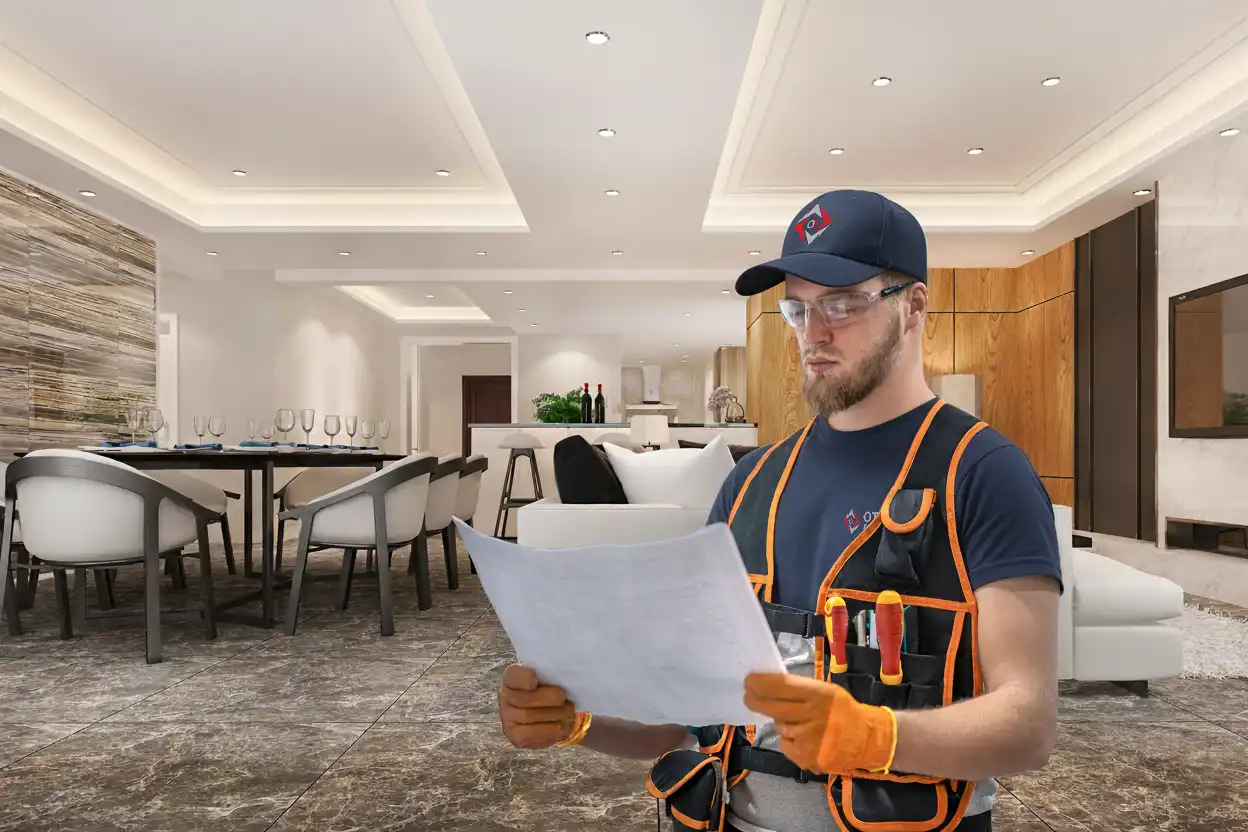
TL;DR: Most Ottawa living rooms need 6-8 LED pot lights, kitchens need 8-12 for proper task lighting, and bedrooms typically require 4-6. Proper spacing (4-6 feet apart) matters more than quantity alone. LED pot lights slash energy costs by 90% compared to older fixtures – crucial during Ottawa’s long winters when lights run 14+ hours daily. This guide breaks down exactly how many lights each room needs based on real Ottawa home layouts.
Table of Contents
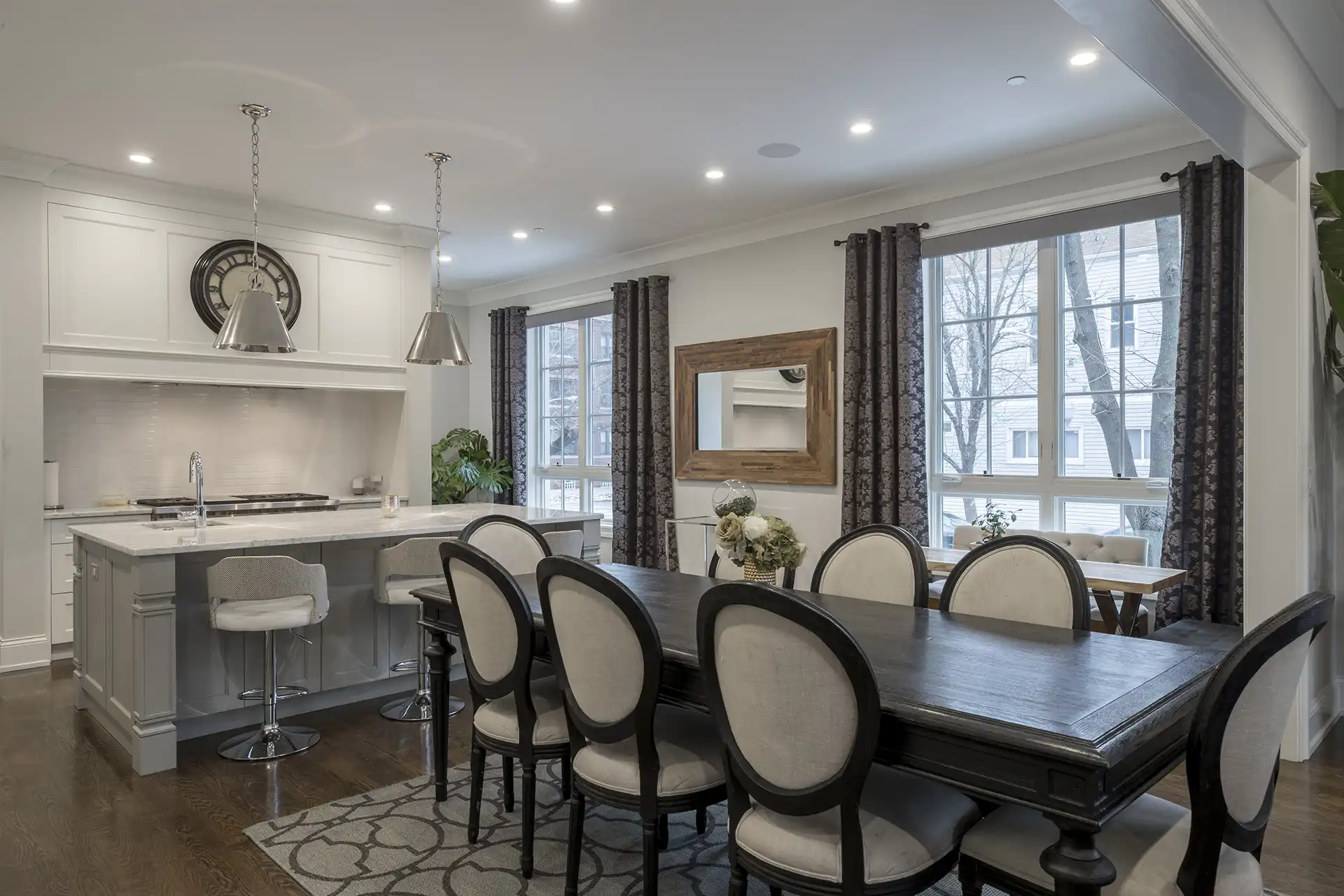
Planning Your Pot Light Installation? Here's What Ottawa Homeowners Need to Know
Sarah stared at her dark Westboro living room last November and realized the problem. Her three old ceiling fixtures created harsh shadows in the corners, and her kids constantly complained they couldn’t see their homework. After researching pot lights online, she found herself more confused than when she started. Every website gave different advice, and none of them considered Ottawa’s unique challenges – our 8-foot ceilings in older homes, our bone-chilling winters that make energy efficiency critical, or the limited attic access in century homes.
If you’re planning a lighting renovation in Ottawa, you’re facing the same questions Sarah had. How many pot lights do you actually need? Will they drive up your hydro bill during our dark winters? Can they even work in your 1960s bungalow?
The answer isn’t as simple as “one light per X square feet.” Your ceiling height matters. Your room’s purpose matters. And yes, Ottawa’s climate absolutely matters when choosing the right lighting solution. This guide will walk you through exactly how many pot lights each room in your Ottawa home needs, why LED technology changes everything in our climate, and what real local projects look like.
The Ottawa Pot Light Planning Formula: Size + Height + Function
Before we dive into specific rooms, let’s establish a simple framework that works for Ottawa homes. Think of pot light planning like planting a garden – you need proper spacing for everything to thrive, and cramming too many lights together wastes resources without improving results.
Here’s your three-factor formula:
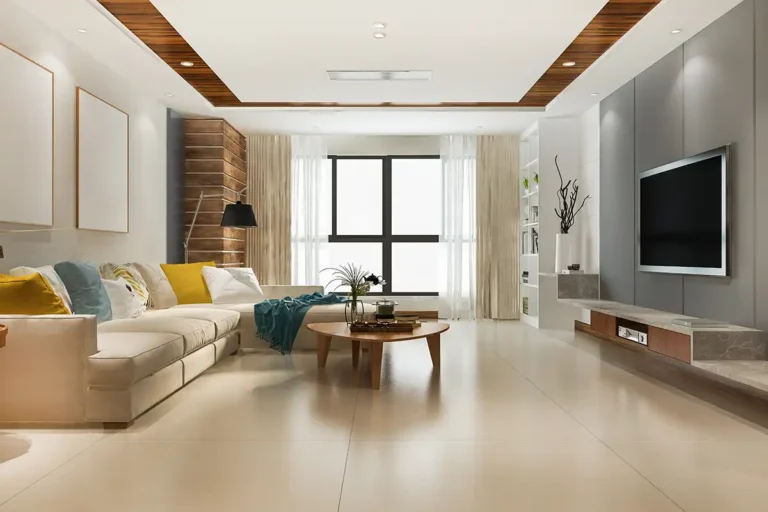
Room Size determines your baseline quantity. For ambient lighting, aim for approximately 20 lumens per square foot. For task areas like kitchen counters, islands, or bathroom vanities, you'll want 35-50 lumens per square foot. A 200 square foot living room needs roughly 4,000 lumens total, which typically means 6-8 lights if each fixture delivers 650-800 lumens.
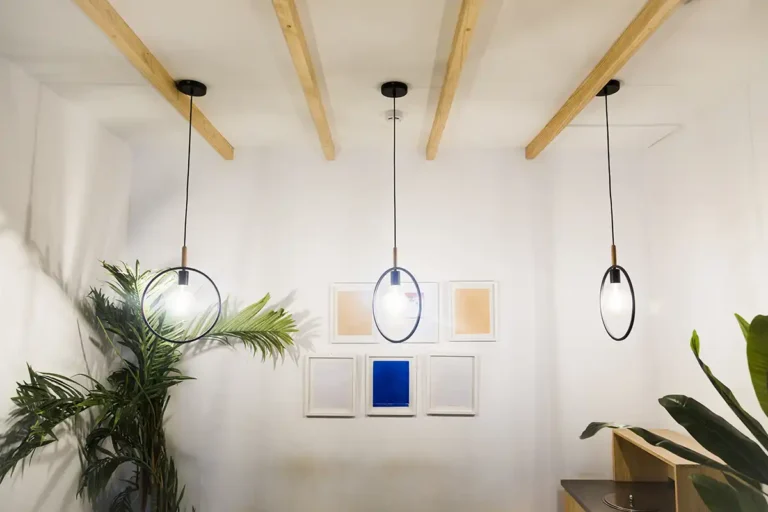
Ceiling Height adjusts this number up or down. Most Ottawa homes built before 1990 have standard 8-foot ceilings, which actually work well with 4-6 foot spacing between fixtures. Newer builds with 9 or 10-foot ceilings need lights spaced slightly closer together (or higher-output fixtures) because light spreads over a larger area as it travels farther.
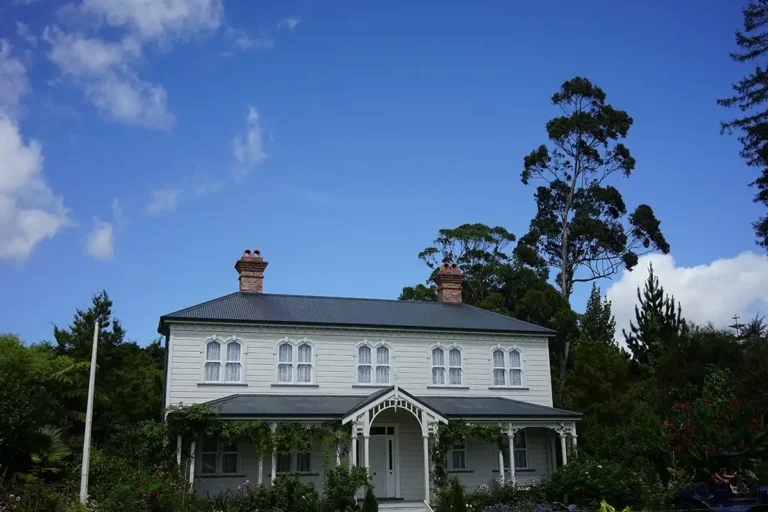
Function is your final multiplier. A bedroom needs gentle, even ambient lighting around 15-20 lumens per square foot. A kitchen needs bright task lighting over counters (35-50 lumens per square foot) plus softer ambient lighting elsewhere. Your basement rec room needs different coverage than your formal dining room.
This formula gives you a starting point that accounts for Ottawa’s typical home layouts. Now let’s apply it room by room.
Professional LED Pot Light Installation in Ottawa
Get the right number of pot lights for every room using our proven 3-factor formula. We ensure proper spacing, Type IC-rated LED fixtures (90% energy savings), ESA permits, and code compliance. From century homes to modern builds—we handle everything.

Room-by-Room Pot Light Guide for Ottawa Homes
Living Rooms: The Heart of Your Home
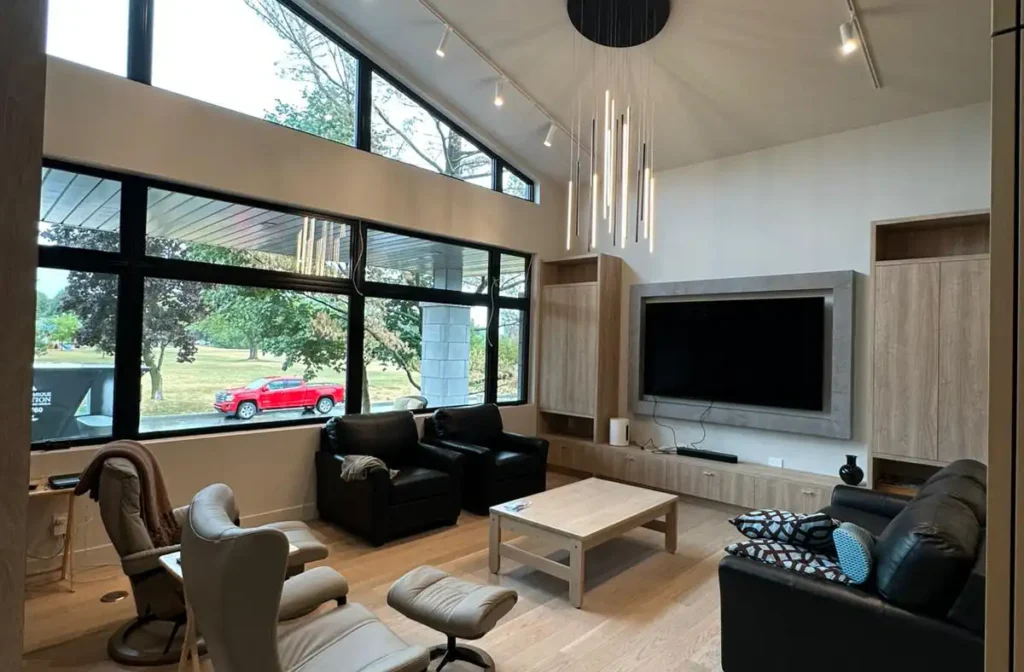
Your living room likely gets the most use, especially during Ottawa’s winter months when we spend more time indoors. Most Ottawa living rooms fall into two size categories: smaller 12×15 foot rooms in older homes, or larger 15×18 foot spaces in modern builds.
For a typical 12×15 foot living room (180 square feet), you need 6-7 pot lights arranged in two rows. Space them roughly 5 feet apart to create even coverage without dark spots. If you have an 8-foot ceiling, this spacing prevents the harsh “spotlight” effect you sometimes see in poorly planned installations.
Choose warm color temperature bulbs for living spaces. 2700K-3000K creates a cozy, inviting atmosphere perfect for Ottawa’s long winter evenings – similar to the warm glow of traditional incandescent bulbs but with LED efficiency.
Larger 15×18 foot living rooms (270 square feet) work best with 8-9 lights in a grid pattern. Place them 4.5-5 feet apart, paying special attention to corners where natural light rarely reaches. One of our Kanata clients with a 16×20 living room went with 10 lights on dimmers, and she told us it completely transformed how her family uses the space. They can create bright lighting for homework and games, then dim everything down for movie nights.
The key mistake Ottawa homeowners make? Placing lights too close to walls. Keep your first row of lights at least 18-24 inches from the wall to avoid the “scalloping” effect where you get bright spots on the wall with dark gaps between.
Kitchens: Where Task Lighting Matters Most
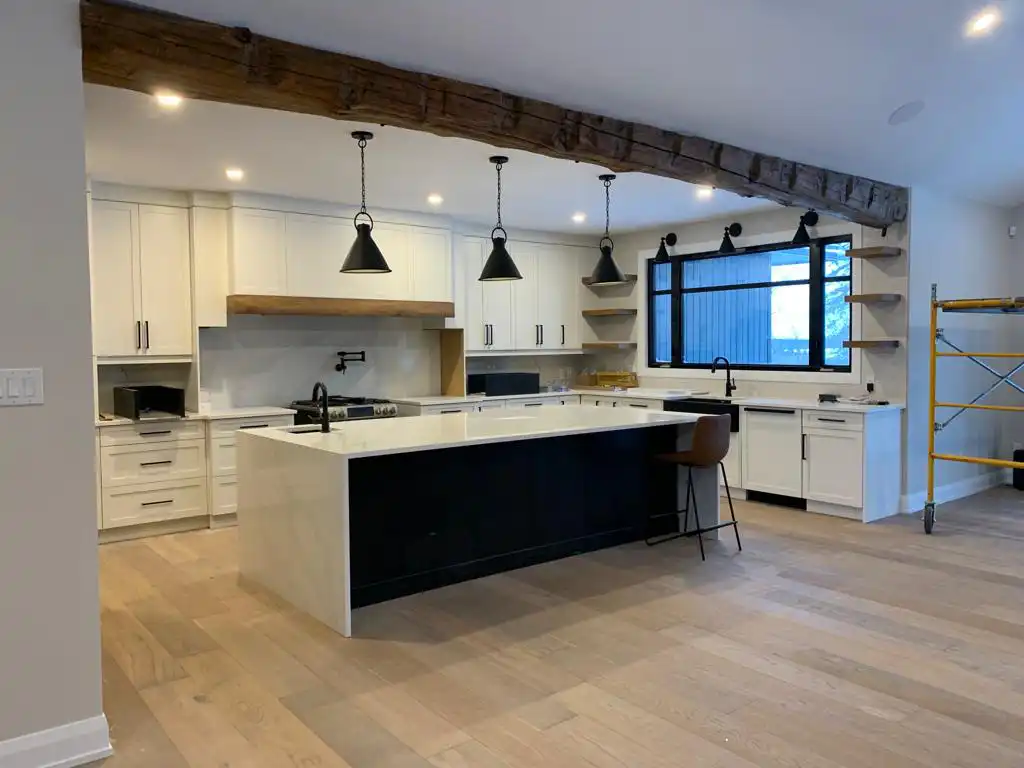
Kitchens need more light than any other room because you’re working with sharp objects and need to see details clearly. The challenge in Ottawa kitchens, especially in our older homes, is balancing bright task lighting over work areas with softer ambient lighting in eating spaces.
For a standard 10×12 foot Ottawa kitchen, plan for 8-10 pot lights minimum. You’ll want 4-6 lights directly over your countertops and stove (spaced 3-4 feet apart for maximum task lighting), plus 4 more lights providing general illumination over your kitchen table or island.
For kitchen task lighting, choose slightly cooler color temperature: 3000-3500K feels crisp and bright for food preparation without the harsh “office white” feeling of higher temperatures. This range enhances visibility for detailed tasks while maintaining a comfortable atmosphere for dining areas.
Larger 12×15 foot kitchens with islands need 12-14 lights total. Place 3-4 lights in a line directly over your island (centered and spaced evenly), another 6-8 lights over your perimeter counters, and 2-3 lights in your eating area. This might sound like a lot, but inadequate kitchen lighting ranks as the top complaint we hear from Ottawa homeowners with older fixtures.
Pay special attention to lumens in kitchens. You want 70-80 lumens per square foot for task areas (that’s roughly 800-1000 lumens per light), and 30-40 lumens per square foot for ambient zones. Most quality LED pot lights deliver 650-900 lumens each, so check your specifications before buying.
Bedrooms: Creating the Right Atmosphere
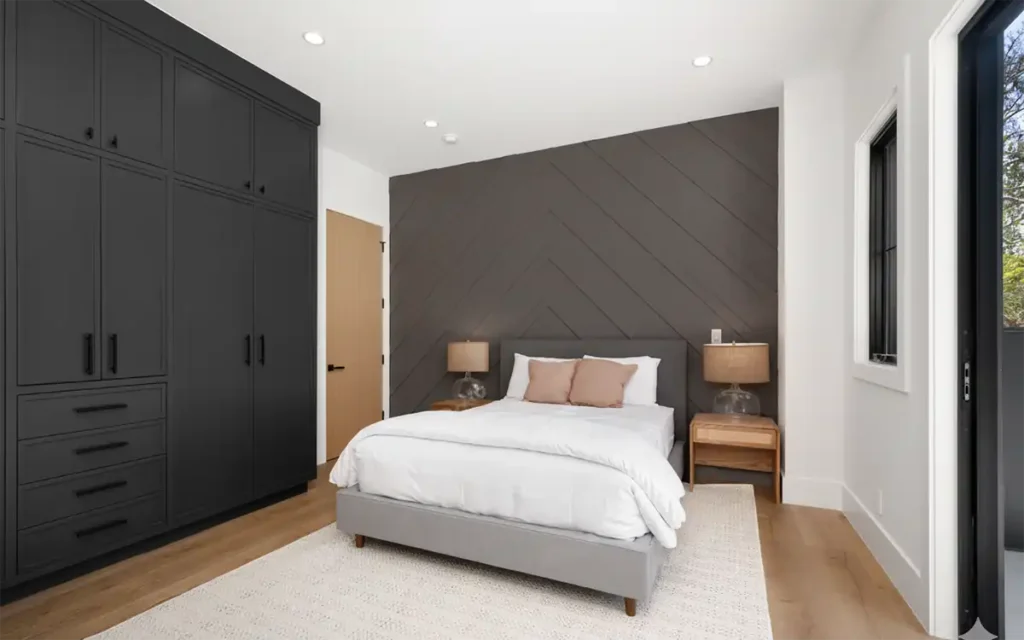
Master bedrooms in Ottawa homes typically measure 12×14 to 14×16 feet, and they need a different lighting approach than living areas. You want enough light for tasks like getting dressed or reading, but you don’t want the harsh brightness that makes it hard to wind down at night.
A 12×14 master bedroom (168 square feet) needs 5-6 pot lights arranged in two rows. This provides adequate general lighting without overwhelming the space. Add dimmer switches – this single upgrade lets you adjust brightness for morning routines versus evening relaxation, and it’s something we recommend for every Ottawa bedroom installation.
Secondary bedrooms are usually smaller, around 10×11 feet. Four pot lights in a square pattern work perfectly for these spaces. If you’re finishing a basement bedroom (which many Ottawa homes have), stick with the same formula but consider adding an extra light near the closet area where natural light is nonexistent.
One Navan homeowner we worked with installed pot lights in all three bedrooms and told us the dimmers were the best feature. Her teenagers can have bright lighting for homework, then dim the lights down when it’s time to sleep. Simple, but it made a real difference in their daily routines.
Bathrooms: Precision Lighting for Grooming
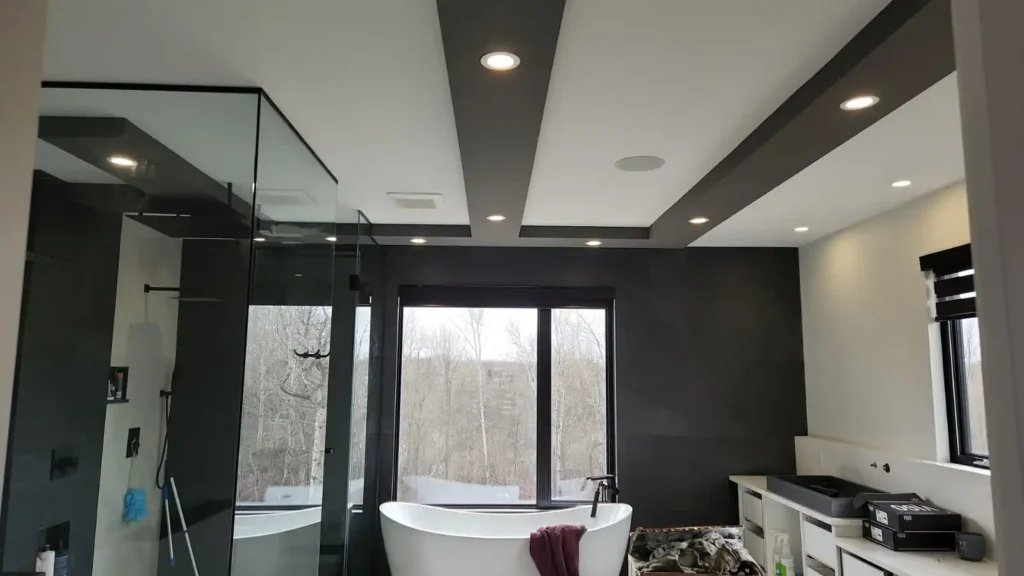
Bathroom lighting seems straightforward until you start planning it out. You need bright, even lighting around mirrors for grooming, but you want to avoid the harsh glare that makes everything look washed out.
For a standard 5×8 foot bathroom (40 square feet), three pot lights arranged in a line down the center of the room work well. Position one directly over the shower, one in the center of the room, and one near the vanity. This creates even coverage for the entire space.
Larger bathrooms (8×10 feet or bigger) need 4-6 lights. Many Ottawa homeowners add two dedicated lights flanking the mirror for better grooming light, plus 2-4 general overhead lights for the rest of the room. If you have a soaker tub separate from your shower, consider adding a light centered over it – nothing makes a winter evening soak better than proper lighting.
Make sure any pot lights above showers or tubs use wet-rated trims specifically designed for damp locations. Ottawa’s building code requires this, and it prevents moisture damage that can lead to electrical problems down the road. Where required by code, these fixtures should also be connected to GFCI (ground fault circuit interrupter) protection for maximum safety around water.
Basements: Brightening Ottawa's Darkest Spaces
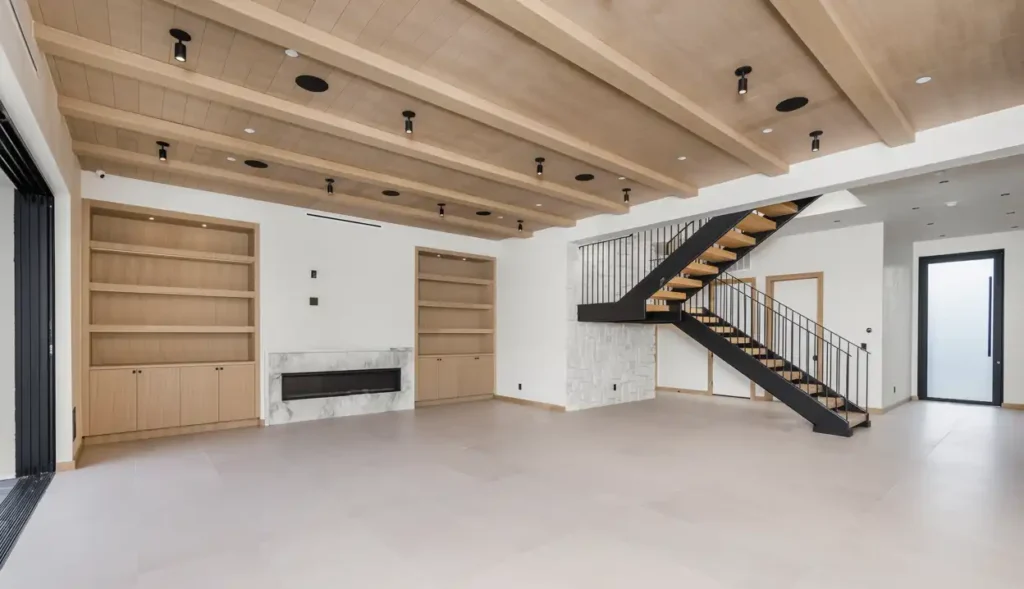
Basements present unique lighting challenges in Ottawa homes. Most finished basements have low ceilings (often 7-7.5 feet after drywall and drop ceilings), minimal natural light, and multiple functional zones.
For a typical 20×30 foot basement (600 square feet), you need 15-18 pot lights to create comfortable lighting throughout. This sounds like a lot compared to upstairs rooms, but remember – your basement gets zero natural light, so artificial lighting must do all the work.
Break your basement into zones. If you have a 15×20 rec room area, install 10-12 lights in a grid pattern spaced 5 feet apart. Add 3-4 lights over your laundry area for task lighting, and another 2-3 lights in hallways leading to storage or utilities.
One of our Greely clients finished their basement with 16 LED pot lights on three separate dimmer switches. This lets them light just the areas they’re using instead of illuminating the entire basement every time. It’s both energy efficient and practical for daily use.
Hallways and Entryways: The Forgotten Spaces
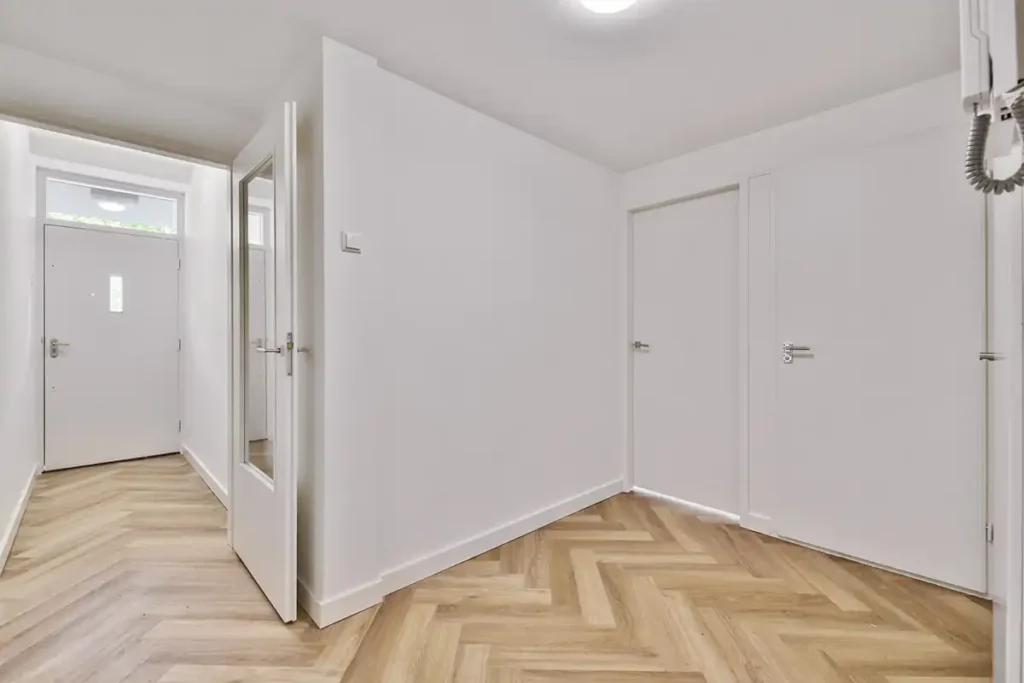
Hallways need fewer lights but proper spacing matters more than in large rooms. The goal is continuous, even lighting without dark gaps that make navigation difficult – especially important for Ottawa homes where we come in from snowy, dark evenings.
For an 8-foot long hallway, two pot lights spaced evenly will do the job. Longer 12-15 foot hallways need three lights. Keep them centered in the hallway width and space them 4-5 feet apart.
Entryways depend on size. A small 6×6 foyer needs just one central light. Larger 8×10 foot entryways work well with 3-4 lights arranged to illuminate the door, coat closet, and central area. If you have a two-story foyer (common in Ottawa’s newer builds), consult with an electrician about proper light placement for high ceilings.
Professional LED Pot Light Installation in Ottawa
Get the right number of pot lights for every room using our proven 3-factor formula. We ensure proper spacing, Type IC-rated LED fixtures (90% energy savings), ESA permits, and code compliance. From century homes to modern builds—we handle everything.

Ottawa Climate & Energy Efficiency: Why LED Pot Lights Make Sense Here
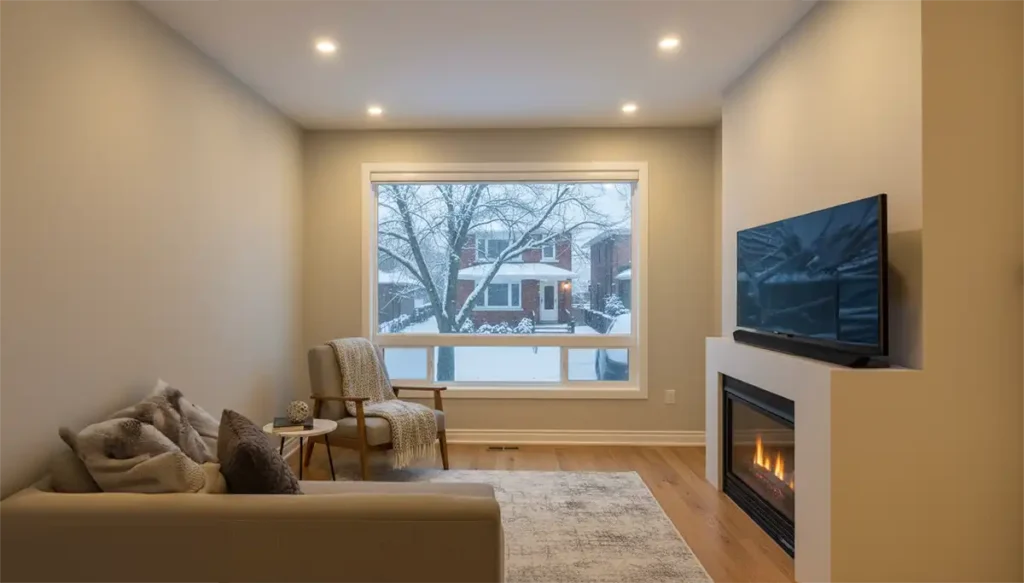
Let’s talk about the elephant in the room – or rather, the long Ottawa winter that keeps many of us concerned about hydro bills. Here’s the reality: proper LED pot lights actually reduce your energy costs compared to older lighting, even when you’re adding more fixtures than you had before.
Government data confirms that ENERGY STAR® LED downlights use approximately 90% less energy than traditional incandescent models while meeting strict performance criteria – ideal for fixtures that run many hours during Ottawa’s dark winters.
To understand real costs, let’s look at Hydro Ottawa’s current Regulated Price Plan rates (effective November 2024 through 2025). Time-of-Use customers pay 7.6¢/kWh off-peak, 12.2¢ mid-peak, and 15.8¢ on-peak. The Ultra-Low Overnight plan offers 2.8¢ overnight but jumps to 28.4¢ during peak hours. Tiered pricing starts at 9.3¢/kWh for the first threshold, then 11.0¢/kWh before the Ontario Electricity Rebate.
Traditional incandescent pot lights use 65-75 watts each. If you install eight lights in your living room and run them for six hours daily during winter, that’s 3.1 kWh per day. At Hydro Ottawa’s mid-peak rate of 12.2¢/kWh, you’re looking at roughly 38 cents daily, or $11.40 monthly. Over Ottawa’s five-month winter season (November through March), that’s $57 just for living room lighting.
LED pot lights change this equation completely. Quality LED fixtures use 8-12 watts while producing the same light output. Those same eight lights now consume just 0.58 kWh daily, costing you about 7 cents per day, or $2.10 monthly – that’s $10.50 over the entire winter season. You’ll save roughly $46 per winter in just one room.
Here’s a practical example: A kitchen with 12 LED pot lights (9 watts each) running 4 hours daily consumes approximately 1.3 kWh per day. On Time-of-Use off-peak rates, that’s roughly 10 cents daily for excellent lighting throughout your kitchen. If those were 50-watt halogen fixtures, you’d be consuming about 7.2 kWh daily – costing 55-80 cents per day depending on when you use them.
Multiply this across your whole home and the savings add up fast. The typical Ottawa home we work with has 30-40 pot lights total after a whole-home lighting upgrade. With LEDs, the entire home’s lighting costs roughly $25-35 per month during winter, compared to $170-220+ with older fixtures.
There’s another Ottawa-specific benefit few homeowners consider. LED pot lights produce almost no heat, unlike incandescent or halogen bulbs that essentially function as tiny heaters in your ceiling. During summer, this means less work for your air conditioning. During winter, you might think the extra heat helps, but in reality, it’s expensive, inefficient heat that costs you more than running a proper furnace.
LED vs. Halogen: Ottawa Cost Comparison (2025)
| Factor | LED Pot Light | Halogen Pot Light |
|---|---|---|
| Wattage per fixture | 8-10W | 35-50W |
| Heat output | Low (cooler ceiling cavities) | High (warms rooms, stresses envelope) |
| Lifespan | 25,000-50,000 hours | 2,000-4,000 hours |
| Energy use (12 fixtures, 4 hrs/day) | ~1.3-1.6 kWh/day | ~5.0-7.2 kWh/day |
| Daily cost (TOU off-peak) | ~$0.10-$0.12 | ~$0.38-$0.55 |
| Annual lamp replacements | Rare | Frequent |
Based on Hydro Ottawa Regulated Price Plan rates effective November 2024. Actual costs vary by plan and time of use.
LED performance in cold temperatures matters in Ottawa too. Quality LEDs maintain full brightness even in unheated spaces like garages or covered porches. Old CFL bulbs (compact fluorescents) take forever to warm up and reach full brightness in cold temperatures, making them impractical for Ottawa’s climate. LEDs deliver instant, full brightness the moment you flip the switch – crucial when you’re coming home to a dark house on a January evening.

Seasonal affective considerations: Higher light levels become particularly important during Ottawa's short-day winter months (December through February) when natural daylight is limited. Aim for higher lumens in spaces where you work and cook – proper lighting in kitchens, home offices, and main living areas can significantly improve comfort and mood during dark winter days. This is where the 35-50 lumens per square foot target for task areas becomes especially valuable.
One more critical consideration: insulation. Ottawa homes need proper insulation to handle our temperature extremes, and pot lights can compromise this if not installed correctly. This is where Type IC (insulation contact) pot light housings become essential. According to Canadian Electrical Code guidance, recessed luminaires must be the correct Type IC or non-IC designation for their location and spacing from insulation. Type IC fixtures are specifically designed to be buried in insulation without creating fire hazards or reducing their lifespan – a critical safety requirement that every licensed Ottawa electrician follows as standard practice.
Understanding Ottawa Home Styles: One Size Doesn't Fit All
Ottawa’s housing stock spans more than a century, and the age of your home directly impacts your pot light planning. Let’s break down the common challenges and solutions for different eras of Ottawa construction.
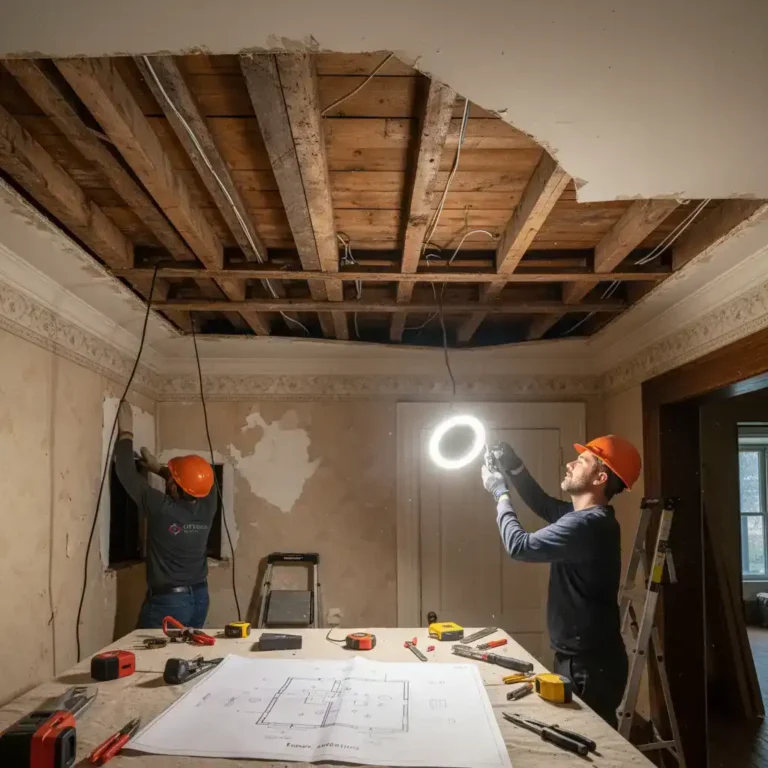
Century homes and pre-war builds present the most complex installations. These homes often have plaster and lath ceilings, limited attic access, and ceiling joists running in directions that don't align with ideal light placement. The good news? Pot lights can absolutely work in these homes, but expect more planning and potentially higher installation costs. We typically recommend fewer lights placed more strategically in century homes, since running wiring through old construction takes more time.
A Hintonburg client with an 1890s home wanted pot lights throughout but was worried about damaging original plaster ceilings. We installed 18 lights total (instead of the 24-26 a modern home that size would use) and positioned each one carefully to minimize patching. The result looked fantastic, and working with experienced electricians who understand heritage homes made all the difference.
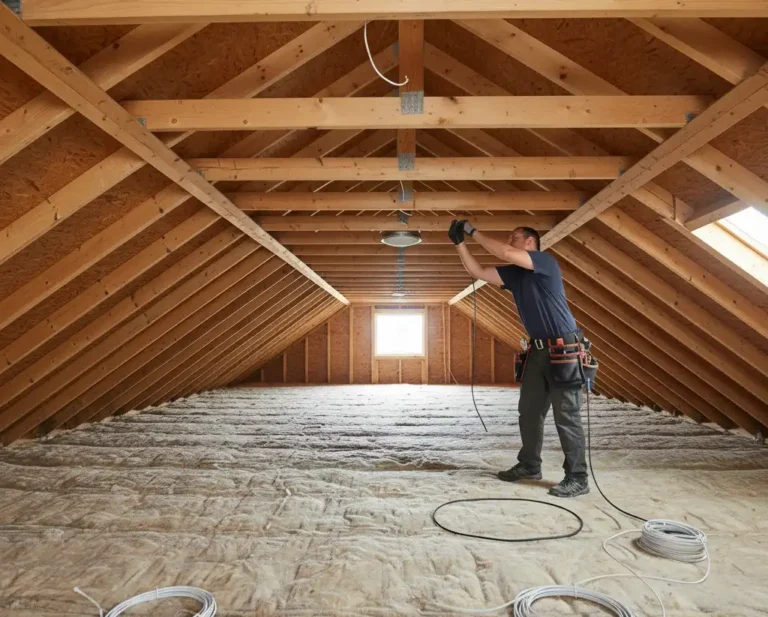
Post-war bungalows (1950s-1970s) make up a huge portion of Ottawa's housing stock, especially in areas like Alta Vista, Merivale, and parts of Nepean. These homes typically have straightforward attic access and standard framing, making pot light installation relatively simple
The main consideration is ceiling height – most bungalows have 8-foot ceilings, so proper light spacing prevents the cramped feeling you sometimes get when lights are too close together. In homes with limited attic access or tight ceiling cavities, we often use slim LED wafer fixtures – these mount directly to the drywall and require minimal clearance above the ceiling.
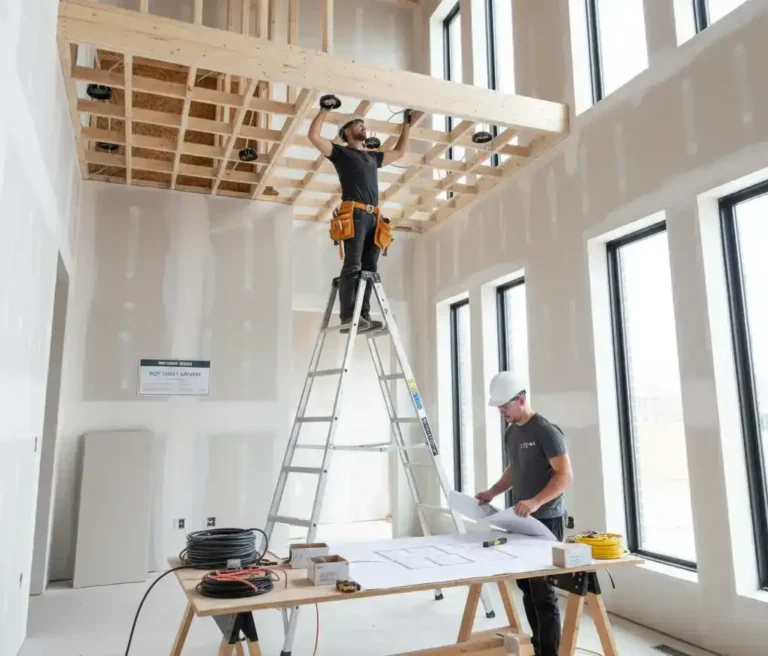
Modern builds (1980s onward) usually have the easiest installations. Taller ceilings, modern wiring, and better attic access mean fewer complications. If you're building new or doing a major renovation, this is the perfect time to plan your pot light layout from scratch. You can coordinate with your builder to have junction boxes installed exactly where you want them.
One Kanata client building a new home worked with us during framing to map out 42 pot lights throughout the house. Because we were involved early, we could run wiring efficiently and ensure every room had exactly the coverage they wanted. The total installation took two days instead of the week it would have required in an existing home.
Professional LED Pot Light Installation in Ottawa
Get the right number of pot lights for every room using our proven 3-factor formula. We ensure proper spacing, Type IC-rated LED fixtures (90% energy savings), ESA permits, and code compliance. From century homes to modern builds—we handle everything.

Helpful Resources for Ottawa Homeowners
For more detailed information about the topics covered in this guide, these authoritative sources provide valuable context:
- Natural Resources Canada (NRCan) provides comprehensive guidance on ENERGY STAR® LED lighting and efficiency standards including downlights
- Hydro Ottawa publishes current residential electricity rates and plan options including Time-of-Use, Tiered, and Ultra-Low Overnight plans
- Electrical Safety Authority (ESA) explains the permit notification and inspection process required for electrical work in Ontario
- Canadian Electrical Code guidance covers safety requirements for recessed luminaires, including Type IC designations and insulation considerations
These resources complement the practical planning advice in this guide and help you understand the regulatory and efficiency context for your pot light project.
Conclusion
You now know how many lights each room needs, how to calculate for your ceiling height, and what proper spacing looks like. The difference between adequate lighting and great lighting comes down to proper planning, quality fixtures, and code-compliant installation with ESA permits.
Ready to transform your Ottawa home with perfectly planned pot lighting? Book your free consultation with us. We’ll assess your space, recommend the ideal layout for your home style, and provide a detailed quote within 48 hours.
With 15+ years serving Ottawa homes—from Glebe century homes to Kanata new builds—we use only Type IC-rated, energy-efficient LED fixtures built for Ottawa’s climate. Every installation includes dimmer switches and full ESA permit handling.
Save 90% on Lighting Costs with Expert LED Installation
Get the right number of lights using our proven 3-factor formula. We calculate for your room sizes, ceiling heights, and usage patterns—then install Type IC-rated LEDs that cut energy costs by 90%. Includes proper spacing, dimmers, and ESA permits for all Ottawa home styles.
Same-Day Quote

FAQs
Will pot lights make my hydro bill skyrocket?
This is the number one concern we hear, and it’s completely understandable given Ottawa’s electricity rates. Here’s the straight answer: modern LED pot lights use so little energy that even installing 30-40 lights throughout your home typically costs only $25-35 per month in electricity during peak winter usage. If you’re replacing old fixtures, you’ll likely see your bill decrease. One of our clients replaced 18 old fixtures with 24 new LED pot lights and saw a $35 monthly reduction in their hydro bill.
Can pot lights work in my old Ottawa home?
Yes, absolutely. We regularly install pot lights in century homes, 1950s bungalows, and every era of Ottawa construction. Older homes sometimes require more planning and potentially more labor time (which affects cost), but the installations are completely feasible. The key is working with electricians who understand older home construction and can navigate challenges like limited attic access or outdated wiring. If your home needs electrical panel upgrades before adding new circuits for lighting, factor this into your budget planning.
How long does pot light installation take?
For a typical single-room installation (like a living room with 8 lights), expect 4-6 hours. Whole-home installations with 30-40 lights typically take 2-3 days depending on your home’s construction and access. Older homes with plaster ceilings or limited attic access might take longer. We always provide realistic timelines during our free consultations so there are no surprises.
Do I need a permit for pot light installation in Ottawa?
In Ontario, electrical work requires notification to and inspection by the Electrical Safety Authority (ESA). Your licensed electrician files the permit notification on your behalf and arranges the required inspection to ensure all work meets Ontario electrical code requirements and ESA standards. Never skip this step – proper permits and inspections protect you, maintain your home insurance coverage, and prevent issues when selling your home down the road.
Are pot lights energy efficient in Ottawa winters?
Yes, LED pot lights are highly energy efficient even during Ottawa’s long winters when lights run 12-14+ hours daily. Government data confirms that ENERGY STAR® LED downlights use approximately 90% less energy than traditional incandescent fixtures while meeting strict performance criteria. A typical LED pot light uses only 8-12 watts compared to 65-75 watts for old incandescent fixtures. For eight pot lights running six hours daily in winter, you’ll pay about $2.10 per month at Hydro Ottawa’s mid-peak rate of 12.2¢/kWh. The same number of old fixtures would cost roughly $11.40 monthly. LED pot lights also perform better in cold temperatures than CFLs, providing instant full brightness even in unheated garages or entryways.
